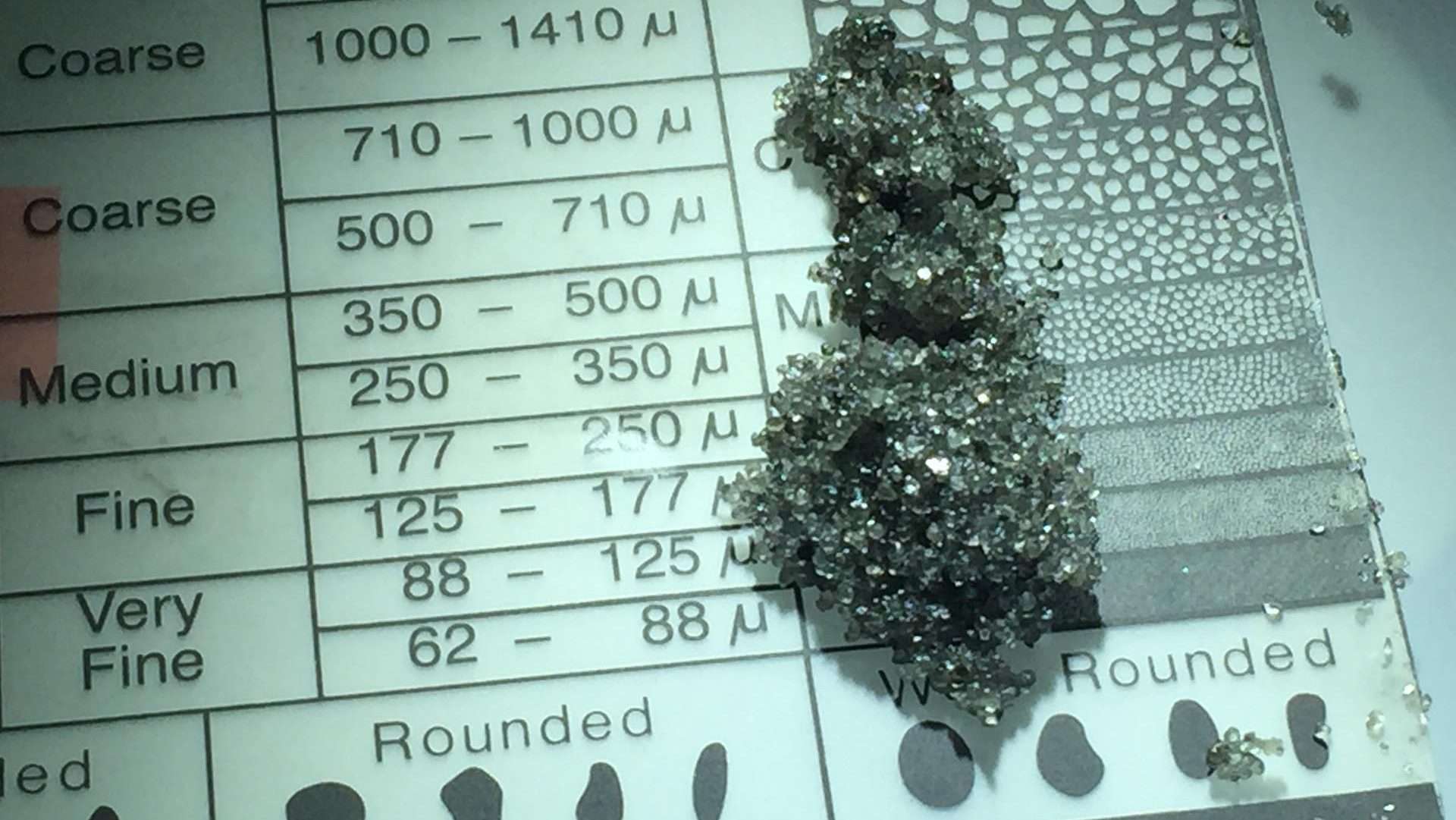Abstract
A method has been devised for predicting modified Fischer assay yield from conventional logs in the Piceance Creek Basin of Colorado. The traditional approach for using well logs to predict oil shale richness has been to relate one of the porosity tool responses to the modified Fischer assay. This approach is unsatisfactory when there is significant lithology variation in the oil shale rock. This study involves an exploration area of 21,347 acres in Rio Blanco County, Colorado. Fifteen coreholes were drilled on the property to provide the data base for development of the method. The method describes the rock in terms of a simple lithology model consisting of:’ 1) carbonate, 2) clay, 3) porosity, and 4) organic matter. Since each of these quantities can vary independently, the simple approach of using only one porosity tool does not work. Instead, the density, sonic, and resistivity logs are used in combination to isolate the amount of organic matter by predicting the modified Fischer assay. Problems related to log data variability and core data quality will also be discussed.



